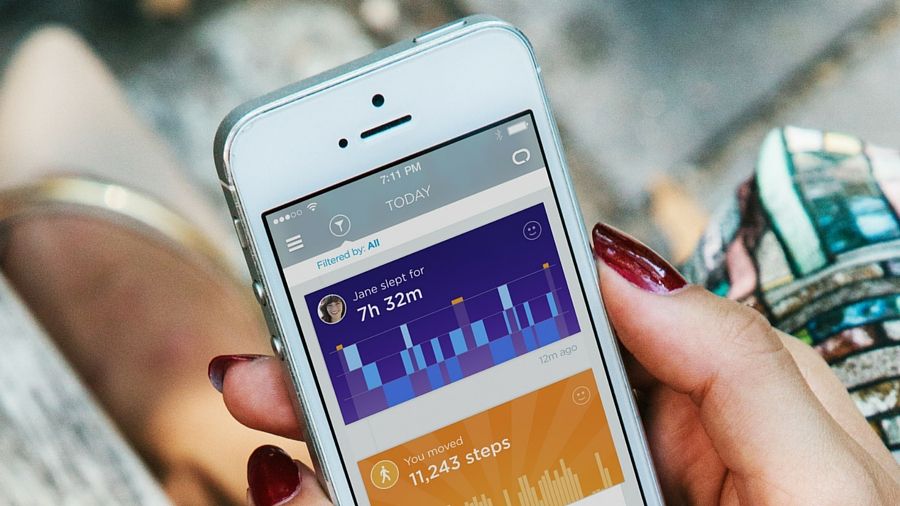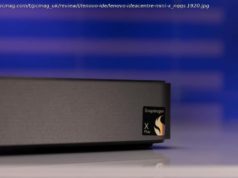 We spend a third of our lives asleep, so we all know how important sleep is, but are we doing it right? With the new year approaching, and ‘get more sleep’ an oft-heard resolution, you need to know the best way technology can help you do that.
We spend a third of our lives asleep, so we all know how important sleep is, but are we doing it right? With the new year approaching, and ‘get more sleep’ an oft-heard resolution, you need to know the best way technology can help you do that.
There are currently three ways of learning about – and improving – your sleep patterns, in ascending order of cost.
One is to download a free ‘movement tracker’ app on your phone and record yourself sleeping; a second is to use an activity tracker, and the third is to go for a full-on dedicated sleep-monitoring device.
To compare these options we pitted the SleepBot app (which promises to track your sleep through external monitoring) against the Jawbone UP3 activity tracker (which claims to measure sleep duration and quality, and adds a heart rate sensor and an Automatic Sleep Detection feature) against a third (and particularly intriguing) device: a sensor attached to the bed itself.
Called Beddit, it claims to track your sleep, of course, but also includes heart rate and breathing stats.
We put all three products on test for a fortnight to make a fair comparison. Ready, steady, sleep!
First comes the hardware set-up. Jawbone was charged up and slapped on my wrist. A slightly confusing process of pairing then ensues; I gave the accompanying UP app a lot of personal details (weight, height, age, etc) and even permission to use data from the Health app on my iPhone, but at the end I’m not convinced the wearable is funnelling data to it.
Ditto the Beddit; after peeling off an adhesive strip and sticking the 60cm-long tape to my mattress (along with a cable that plugs into a nearby socket), the Bluetooth pairing is so fast that I’m not sure if it’s successfully paired with my phone.
However, a quick lie down gives me a handy ‘live’ readout of my movement on the Beddit app. With SleepBot downloaded to my phone and having logged in and signed up, I’m all set for sleep.
After all that prep, it’s merely a case of firing up all three apps and physically telling them I’m about to go to sleep. That’s fair enough for the SleepBot app and the Jawbone UP3, but surely the Beddit knows I’m in bed?
After being woken up by my cat in early morning, and having a restless last 30 minutes of sleep, I reach for my phone the next morning and tell all three apps that I’m awake. My phone immediately shuts down, empty of battery. Well, that was close.
Once recharged, the results from all three devices are surprisingly different. The Jawbone UP3 tells me I took 10 minutes to fall asleep, slept for 7 hours and 18 minutes, had a resting heart rate of 51bpm, had deep sleep for one hour and 19 minutes, and a mere 18 minutes of less deep REM (rapid eye movement sleep).
The Beddit app agreed on the heart rate, but registered just six hours and 48 minutes of sleep. However, the results are more in-depth, as you would expect from a one-trick wearable.
As well as a ‘sleep score’ of 68/100 and a 90% efficiency rating (I understand neither, but didn’t have the best night’s sleep, so it seems fair), Beddit detected the same average heart rate, but produced a graph that tracks it slowing from 56bpm when I fell asleep to 46bpm just before waking.






